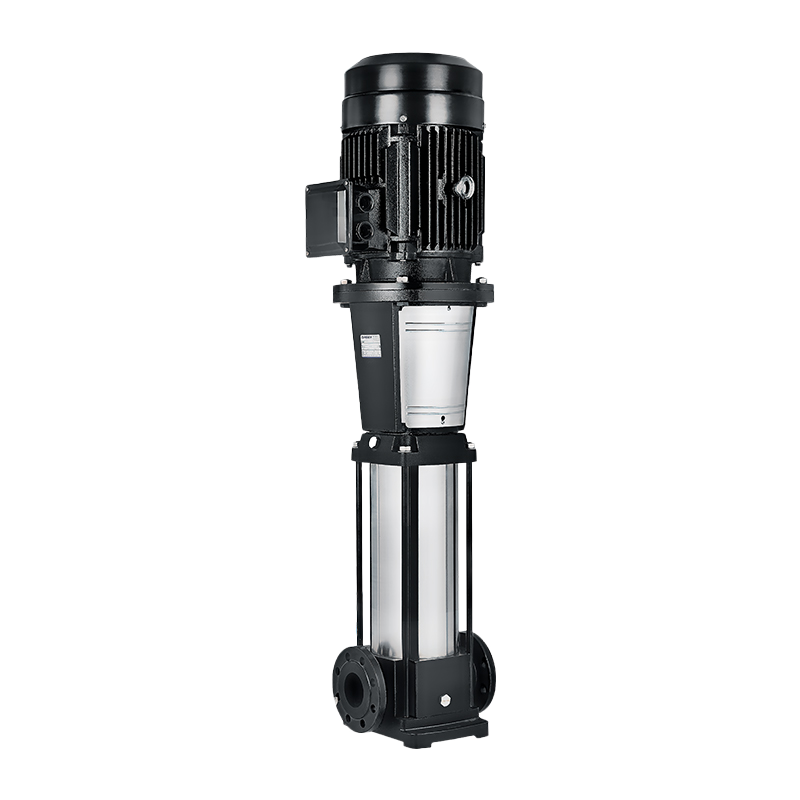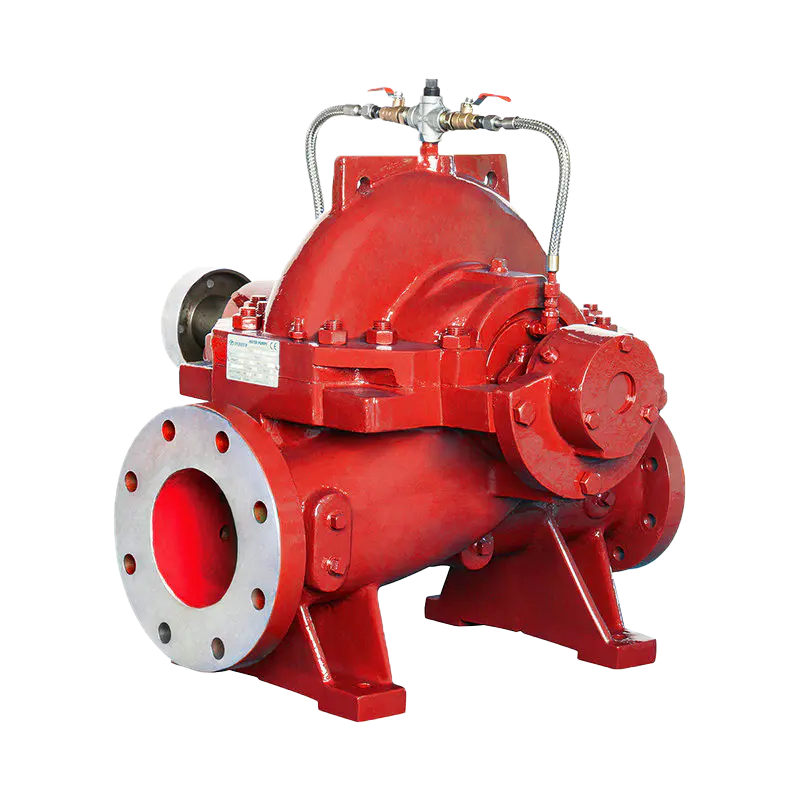A JET Pump is a thermocompressor that pumps a fluid. Its design is to move liquid at high velocity. The pressure traverses the pump as the velocity increases. A JET Pump has a prenozzle that reduces cross-sectional area as the velocity increases. This decrease in cross-sectional area causes the static pressure to increase rapidly as the velocities increase. The reservoir fluid moves more slowly and is not affected by this change in prenozzle size.
The JET Pump is used to extract water from greater depths and with high-pressure. Because of its lack of moving or mechanical parts, it has low maintenance and long service life. It can be adjusted to perform at different levels, depending on the productivity of the well. It can walk for a long time without the need for intervention, and it is easy to exchange it in case of breakdown or failure. It can also be used in wells with a large deflection angle.
Initially, jet pumps were largely ignored in oil fields due to their small size and low-production rates. Because of their small size and low-production rate, jet pumps were only used for a small fraction of the oil industry. They can handle liquids with deflection angles as large as 500 ft. As technology has improved, the JET Pump has become a standard in the oil and gas industry. The JET Pump has been widely adopted by the petrochemical industry.
Historically, the JET Pump was not used for larger fluids. Its low production rate and small size made it a popular choice for the oil and gas industry. But as more companies began incorporating them in their operations, the size and production rates of these pumps have expanded. Today, a JET Pump can handle up to 500 bpd of liquids. Its small size is one of the advantages of this pump.
Initially, the JET Pump was used in oil and gas fields. However, these pumps were not considered as reliable for other applications. In fact, they were only used for small quantities of liquids. The JET Pump is an excellent choice for any oil and gas industry. So, if you need a JET Pump, it's worth investing in one. The benefits of using a JET pump are numerous. Just remember that it's not a cheap investment.
The main advantages of the JET Pump are its versatility and efficiency. For example, a jet pump can handle a variety of fluids from a single well to a large reservoir. This type of pump can be a valuable asset in the oil and gas industry. But a large-scale JET Pump can be used for a variety of applications. In many cases, a full-size 2-inch jet is ideal for a single-phase operation.
Unlike most other pumps, a JET Pump is not suitable for pumping off a well. Because the JET Pump is designed for high-pressure wells, it cannot pump out free gas. This means that the jet cannot pump out a well. A lower-pressure well will lead to damage to the throat. This will make it necessary to replace the JET Pump when the flow of the reservoir drops below a certain level.
A JET Pump can pump a liquid from a deep well. The low bottom-hole pressure will cause the power fluid to cavitate, which can cause damage to the JET Pump. Its throat is the only part that will sustain this damage. A lower bottom-hole pressure is necessary to prevent cavitation. The resulting gas will not harm the jet. It will only damage the nozzle. The throat of a JET Pump is prone to abrasion.
A JET Pump has several advantages. It can be used in wells where water tables are high. It can be installed on a concrete base or a motor base. Its compact design makes it convenient for installation in small residential wells. It is also more affordable than other types of pump. Its low-pressure design and low-pressure properties make it an excellent choice for a variety of applications. It also has many advantages.
A JET Pump can be used in a shallow well. It is a versatile tool, allowing for easy installation and removal of the unit. It is not a complex system. Its low-pressure counterpart is ideal for drilling in sand and gravel. It can even be used for oil and gas exploration. Moreover, it is very maneuverable. And it's very easy to install. Just follow the instructions in the instruction manual.
 English
English عربى
عربى
 Fire Pump and System
Fire Pump and System Split Case Pump
Split Case Pump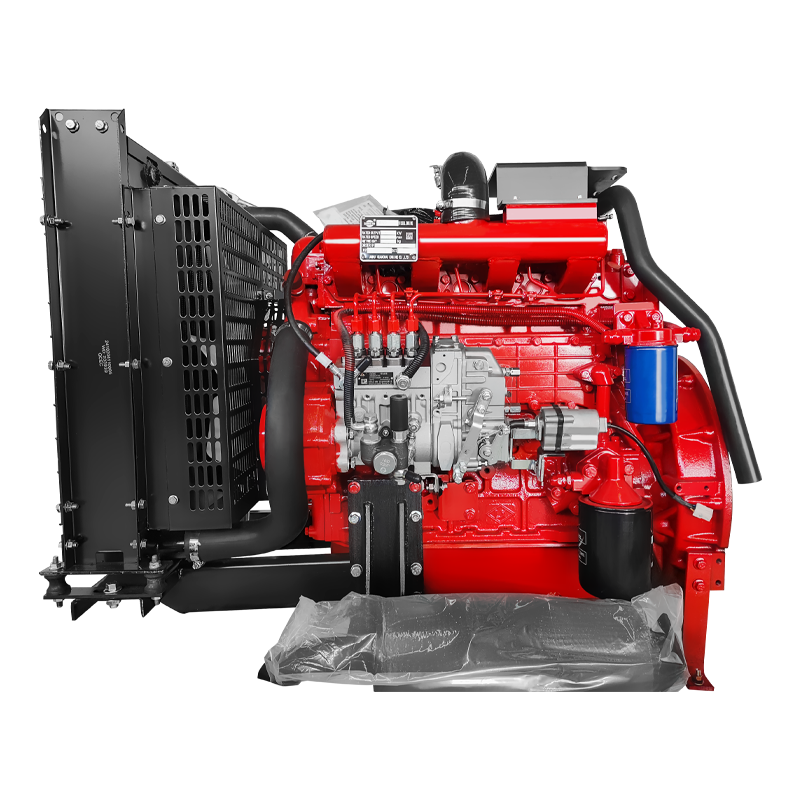 Engine and Pump
Engine and Pump Long Shaft Pump
Long Shaft Pump Multistage pump
Multistage pump Water Supplier System
Water Supplier System Sewage Pump
Sewage Pump Industrial Pump
Industrial Pump Self-Priming Pump
Self-Priming Pump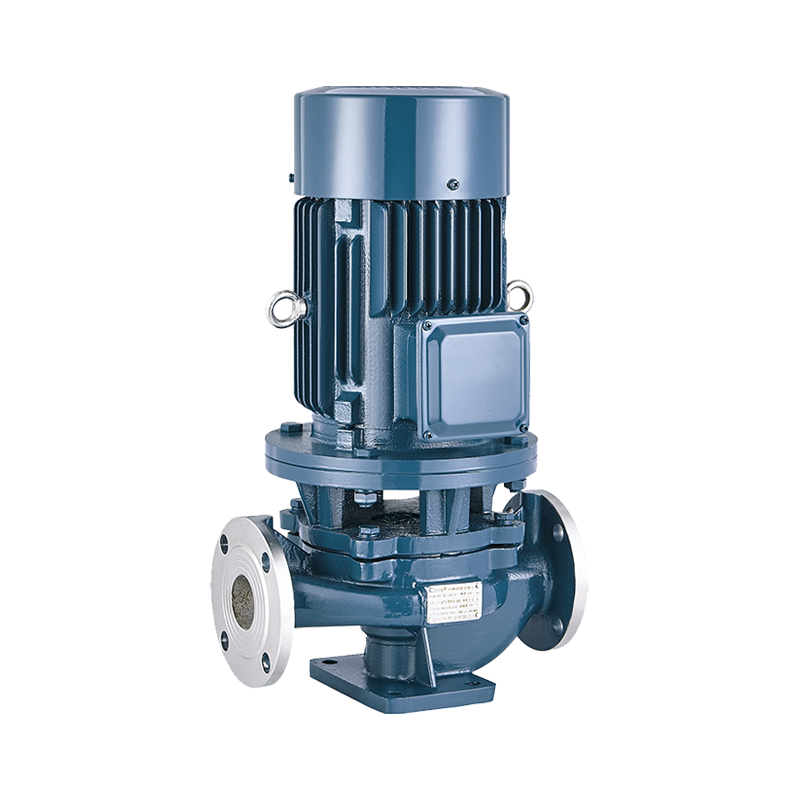 Inline Pump
Inline Pump Domestic Pump
Domestic Pump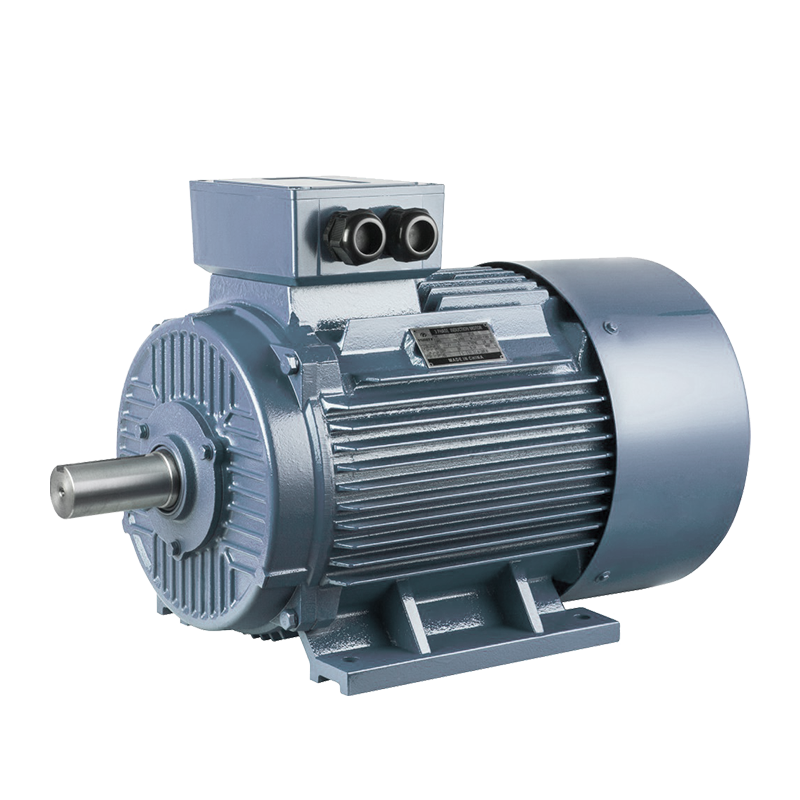 Electric Motor
Electric Motor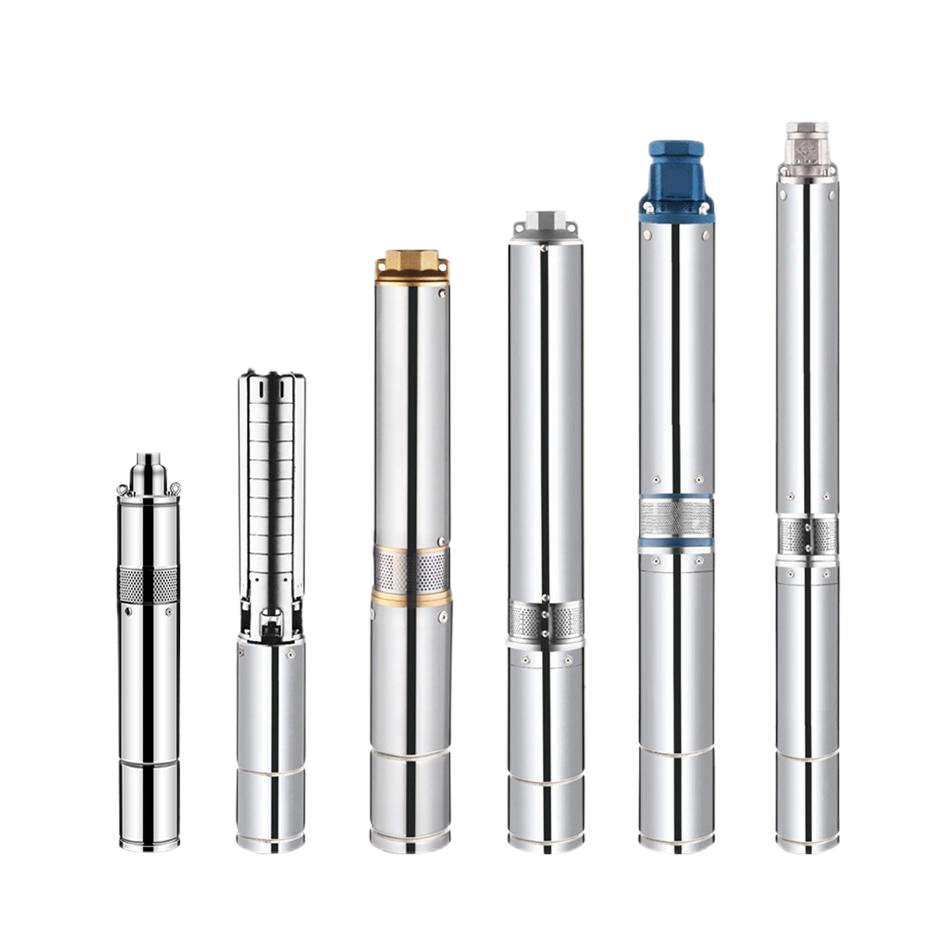 Borehole Pump
Borehole Pump